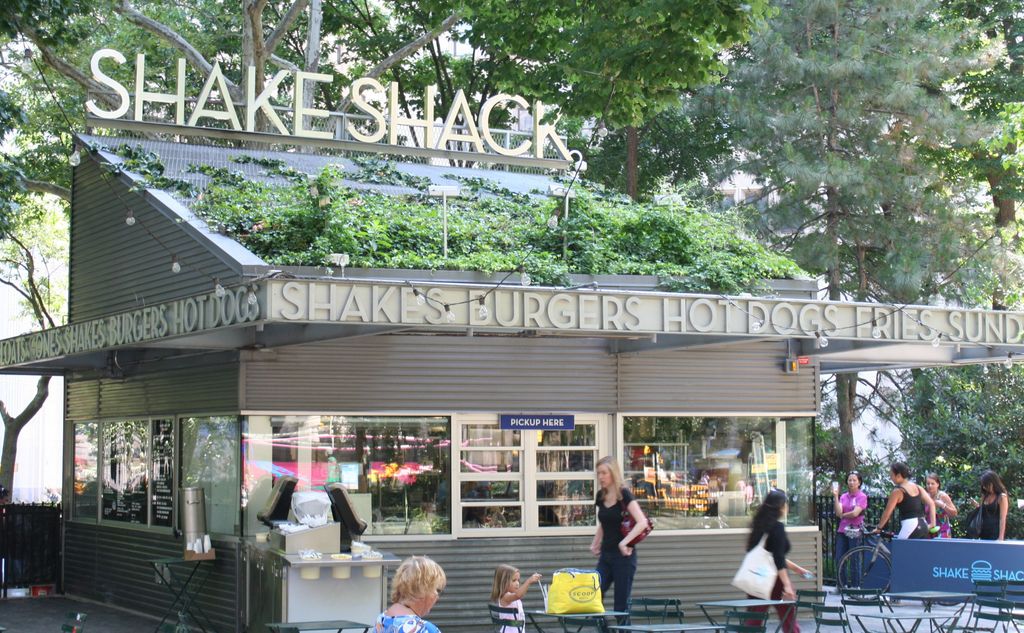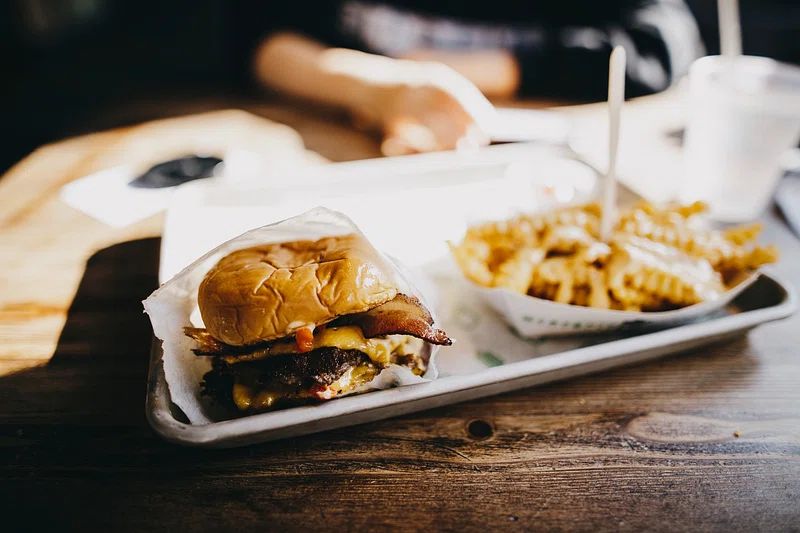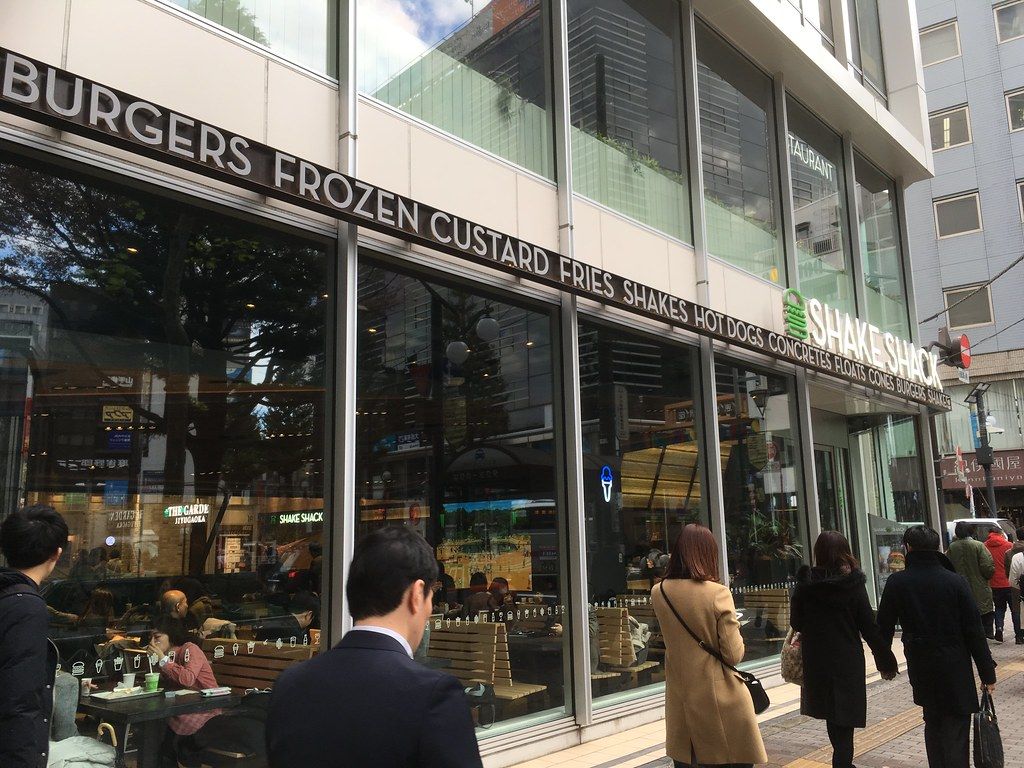
Shake Shack, a name synonymous with elevated American classics and a vibrant dining experience, has always inspired devotion. Before the advent of its cutting-edge digital platforms, patrons were renowned for their willingness to endure lengthy queues, a testament to the irresistible allure of their Angus beef burgers and hand-spun milkshakes. Yet, in an increasingly dynamic market, this very popularity, symbolized by those winding lines, posed an unexpected challenge to growth and customer satisfaction. The brand recognized that true innovation wasn’t just about serving delicious food, but about reimagining how guests connect with it, paving the way for a digital revolution that would redefine the fast-casual landscape. This is the story of how Shake Shack embraced technology to serve up convenience, efficiency, and a truly enlightened hospitality experience.
At its heart, Shake Shack’s journey into the digital realm began with a deceptively simple question: how could they transform an enviable problem – people waiting for hours – into a scalable advantage? Danny Meyer, the visionary behind Shake Shack, who first gained fame with his upscale Manhattan restaurants like Union Square Cafe, understood that hospitality needed to evolve beyond the physical counter. His initial foray into the culinary world, born from an uncle’s insightful push into his true passion for restaurants, had always emphasized a “sense of place” and an unpretentious warmth. This philosophy seamlessly extended into the digital sphere, aiming to infuse even a virtual transaction with the same welcoming spirit.
The first crucial step in this digital metamorphosis was the launch of a bespoke mobile ordering application for both iOS and Android platforms. Conceived as a proof of concept, this app quickly shattered expectations, demonstrating an immediate and overwhelming demand. Its swift adoption by users signaled a clear hit, delighting both customers and investors alike, and validating the strategic shift towards digital convenience. The impact was profound, leading to a significant increase in total foot traffic and dramatically streamlining operations during peak hours, fundamentally elevating Shake Shack’s brand perception as a forward-thinking, tech-savvy quick-service restaurant.
The initial success of the mobile app laid a strong foundation, but Shake Shack’s digital strategy was far from static. When Google introduced its Material Design principles, the team seized the opportunity to unify and enhance the user experience across platforms. This led to a comprehensive redesign of the iOS app, launched in 2016, which seamlessly aligned with the new design standard. Remarkably, this intuitive and consistent interface remains in active use today, a testament to its enduring design and the foresight behind its development, continuously serving countless patrons eager for their made-to-order favorites.

However, by the third year following the app’s launch, a new challenge emerged: mobile app orders, while popular, were no longer driving incremental traffic, and the average order value (AOV) began to plateau. This crucial juncture led to a pivotal strategy session, where the leadership team even considered phasing out the app to refocus solely on in-store engagement. In a moment of clarity, a simple yet profound question was posed: “Is the goal foot traffic, or is it revenue?” This inquiry shifted the paradigm, sparking a bold new hypothesis that would redefine their digital trajectory.
The answer to that pivotal question was innovative and transformative: what if the seamless mobile experience could be brought directly into the physical store? This led to the groundbreaking development and implementation of the predictive ordering kiosk. These intuitive machines were meticulously designed to recapture the “skip-the-line” magic that had made the app so popular, but with an added layer of intelligence. Crucially, they incorporated smart upsell logic, proactively suggesting complementary items to increase the average order value, while simultaneously minimizing human interaction to remove any potential social friction for guests.
The pilot program for the predictive ordering kiosks, first rolled out at Shake Shack’s Union Square location, yielded immediate and impressive results. Within just 30 days, the outcomes were clear: the kiosk average order value proved to be an astounding 25% higher than orders placed via both mobile and traditional register methods. Furthermore, customers reported significantly higher satisfaction levels concerning their wait times and the overall ordering experience. This technological leap also dramatically improved operational flow during peak hours, solidifying the kiosk as a critical component in Shake Shack’s strategy for enhanced efficiency and guest satisfaction.
Building on the resounding success of the pilot, the kiosk system was rapidly rolled out across every Shake Shack location throughout the United States. The original interface and user experience, meticulously crafted in 2018, remain a cornerstone of their in-store ordering process today, serving as a powerful testament to its lasting efficacy and widespread acceptance. Expanding their digital reach even further, Shake Shack developed a lightweight version of the kiosk that ingeniously bypassed the traditional Kitchen Display System (KDS). This agile adaptation enabled their inaugural music festival pop-up at Coachella, effectively unlocking an entirely new and highly scalable revenue stream for the company.
Read more about: Walmart’s AI-Powered Produce Scanners Promise Fresher Fruits & Veggies: The Tech Behind Your Better Basket

The comprehensive digital transformation undertaken by Shake Shack has delivered remarkable and measurable results. The nationwide deployment of kiosks has been a monumental achievement, directly contributing to the notable 25% increase in average order value for kiosk transactions. These innovations have also successfully decreased wait times and significantly increased throughput, allowing the company to serve more customers efficiently. Moreover, the development of new, scalable revenue channels with relatively low capital expenditure, combined with the long-term retention of their intuitively designed app and kiosk user experiences, underscores the fundamental shift in Shake Shack’s operational paradigm. Indeed, this pioneering work has “fundamentally transformed Shake Shack’s approach to digital innovation.”
The strategic investment in digital tools proved particularly prescient as global circumstances necessitated a rapid shift in consumer behavior. In March, digital sales accounted for 23 percent of Shake Shack’s business, but following widespread dining closures in the spring, this figure surged dramatically to an impressive 81 percent by May. Even as restrictions eased, the digital channel maintained its formidable presence, settling between 59–62 percent for the final six months of 2020. This period saw a staggering 3.5x year-over-year increase in Q4 app and web sales, with the company successfully retaining over 90 percent of the digital high point achieved in May.
The sustained momentum of digital sales vividly illustrates the indispensable role these platforms now play in Shake Shack’s operational success. As CFO Tara Comonte articulated, “With dining room restrictions still in place to quite a significant degree across the system, these digital products remain really critical to our ability to continue to operate, continue to serve our guests, and continue to deliver this forward and improving momentum that we’re seeing in our sales numbers.” Furthermore, the company proudly gained 1.8 million first-time app and web purchasers since early March, a testament to the broad appeal and accessibility of their digital ordering ecosystem, which promises to continue its robust performance.

Embracing its forward-looking ethos, Shake Shack is now venturing into the realm of autonomous delivery, signaling another groundbreaking evolution in its digital strategy. The brand has partnered with Serve Robotics to introduce autonomous delivery robots for meals ordered through the Uber Eats app, initially launching in select Los Angeles locations. These innovative robots, resembling small, four-wheeled shopping carts, are designed to navigate city sidewalks, seamlessly bringing Shake Shack’s culinary delights directly to customers’ doorsteps. This collaboration marks a significant leap towards redefining convenience, leveraging cutting-edge robotics to enhance the “enlightened hospitality” experience for guests, both within and beyond the traditional shack environment.
Serve Robotics, initially the robotics division of Postmates before its acquisition by Uber and subsequent spin-off, has been refining its autonomous delivery capabilities since 2022, already fulfilling tens of thousands of deliveries in the Los Angeles area via Uber Eats. These sidewalk-roaming robots are optimized for shorter distance deliveries, typically completing their routes within a mile. According to Serve Robotics co-founder and CEO Ali Kashani, these robotic couriers are particularly well-suited for urban environments, offering distinct advantages over larger driverless cars. They are designed to operate efficiently, reducing congestion, emissions, accidents, and fatalities, while also lowering costs for merchants, all without the expectation of a tip.
The integration of Serve Robotics into Shake Shack’s delivery ecosystem is poised to revolutionize the guest experience. Steph So, Senior Vice President of Digital Experience at Shake Shack, enthusiastically noted that this partnership “highlights our commitment to leveraging innovation to enhance guest experiences both in and out of Shack.” Noah Zych, Global Head of Autonomous Mobility & Delivery at Uber, echoed this sentiment, expressing excitement to “give Shake Shack customers in Los Angeles a little more Uber magic through sidewalk robot delivery.” These cutting-edge robots come equipped with advanced GPS and AI for safe navigation, ensuring quick, convenient, secure, contactless, and eco-friendly deliveries, further solidifying Shake Shack’s position at the forefront of dining innovation.
While the promise of robotic delivery is immense, the urban landscape of Los Angeles presents unique challenges, including crowded sidewalks and the potential for theft in tourist-heavy areas. Yet, Serve Robotics proudly reports an impressive completion rate of over 99%, demonstrating the robustness and reliability of their technology even in demanding environments. The company has ambitious plans for future expansion, considering new markets such as Dallas, San Diego, and Vancouver, Canada. Crucially, Serve Robotics holds a signed agreement with Uber Eats to deploy up to 2,000 robots on their platform across multiple U.S. markets by 2025, significantly scaling their current fleet of 100 robots, which averaged 48 daily active deliveries in the three months ending June 30.

Shake Shack’s pioneering spirit in digital and autonomous solutions aligns with a broader trend of technological adoption in the fast-food industry. Danny Meyer, whose net worth is estimated at over $1 billion thanks largely to Shake Shack’s soaring stock price, has also invested in other hospitality businesses, like the New York City coffee chain Joe and the reservation app Resy. This forward-thinking approach, coupled with Shake Shack’s impressive financial performance – achieving $1.3 billion in revenue last year, a 15% increase from 2023, and planning for 1,500 company-operated stores long-term – positions it as a leader in defining the future of “fine-casual” dining. Its stock shares, trading near record highs, reflect this strong performance and aggressive expansion strategy.
At its core, Shake Shack remains dedicated to its purpose: to “Stand For Something Good®.” This commitment extends beyond premium ingredients and employee development to inspiring designs and deep community investment. From its humble beginnings as a hot dog cart in New York City’s Madison Square Park in 2004, a venture born from Meyer’s desire to revitalize the park, Shake Shack has blossomed into a global phenomenon with over 550 system-wide locations. It’s a testament to how a clear vision, combined with strategic innovation, can transform a single idea into a worldwide favorite, consistently delivering on its promise of quality and an uplifting experience.
From pioneering mobile ordering to integrating predictive kiosks that anticipate your cravings, and now deploying a fleet of silent, eco-friendly robots that whisk your meal to your door, Shake Shack’s journey is a vivid illustration of hospitality unbound by traditional limits. It’s a narrative where convenience doesn’t diminish connection, but rather enhances it, allowing more people to enjoy their beloved burgers and shakes without the wait. As the world continues its headlong rush into an increasingly automated future, Shake Shack stands as a shining example of how technology, when wielded with purpose and a deep understanding of the human experience, can truly elevate the everyday, transforming a simple meal into an effortlessly delightful occasion. The future of fast-casual dining isn’t just about speed; it’s about smart, seamless experiences, and Shake Shack is leading the charge, one innovative byte and delicious bite at a time.



